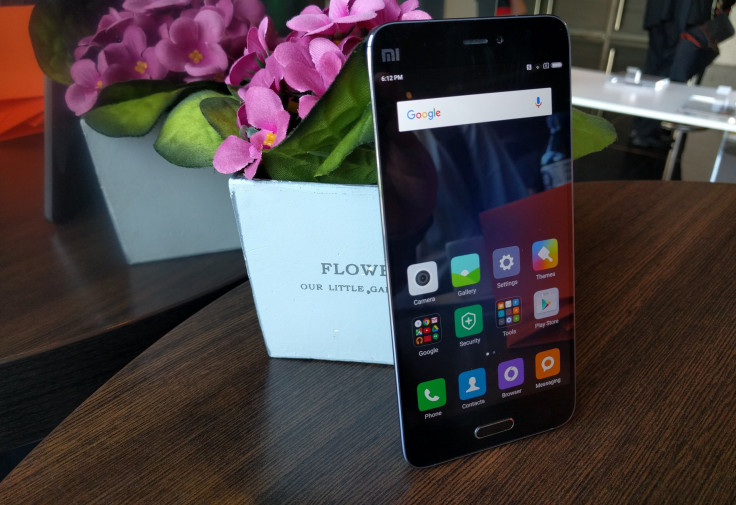Xiaomi Touts Mi 5 As World’s Most Powerful Smartphone At Mobile World Congress

BARCELONA, Spain — At the Mobile World Congress this week, Samsung focused on virtual reality, LG focused on its modular design and Sony focused on camera and battery life. It looked like the days of smartphone manufacturers focusing on the "feeds and speeds" aspects of their smartphones was over. That was, until Xiaomi took to the stage.
Launching its 2016 flagship device — the Mi 5 — the Chinese internet company, which is the fifth biggest smartphone maker in the world, focused almost all of its presentation on the technical capabilities of the new smartphone.
Holding its first press conference in Europe, Xiaomi Vice President Hugo Barra unveiled the smartphone to media by focusing on the company's partnership with Qualcomm and the capabilities of the U.S. chipmaker's Snapdragon 820 chipset paired with an industry-leading 4 GB RAM. Xiaomi says the Mi 5 will be the world's most powerful smartphone based on benchmarking scores.
Barra, who came from Google and heads Xiaomi's international development, said the new chip would boost performance by 200 percent compared to the previous generation chipset from Qualcomm while being 50 percent more power efficient. While that sounds impressive, Qualcomm's Snapdragon 810 chipset was beset with a lot of problems including overhearing and performance issues.
Xiaomi sells 90 percent of its smartphones in its home country of China and with the economic growth slowing there, the company is coming under pressure. In 2015, Xiaomi missed its sales target of 80 million units, selling a total of 70 million smartphones in the last 12 months. The company only sells its smartphones in a handful of markets, with India the next most important for the company.
The Mi 5 features a curved rear cover, manufactured from nano-ceramic zirconia that is much more durable than glass, according to the company. The phone features a 5.15-inch screen with a resolution of 1440 x 2560 pixels. It comes with a large 3000 mAh battery, a camera with a new 16-megapixel sensor from Sony and a 4-axis optical image stabilization that will help with low light photography and capturing moving images.
During his presentation, Barra frequently compared the new smartphone to both Apple's flagship iPhone 6s and Samsung's smartphones in terms of design, camera and performance. He also compared them in terms of price, with the 128 GB model costing 2,699 yuan or the equivalent of $354 (when you take out a 27 percent tax that is included in China). The entry-level model will cost 1,999 yuan or $262 and come with 32 GB of storage and a glass back cover rather than the ceramic finish. The phone will go on sale from March 1 in China with Xiaomi's other market following later in the year. The phone will come in gold, black and white variants.
© Copyright IBTimes 2025. All rights reserved.





















